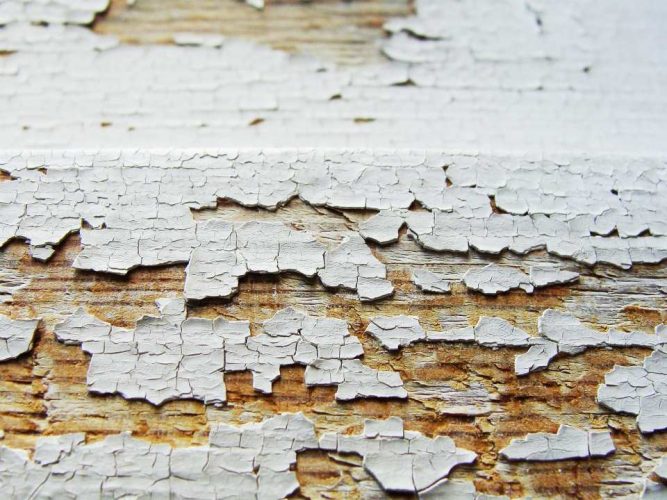When you start renovation work, you will often be faced with layers of paint that you must remove before you can repaint your wall or furniture. There are two methods of stripping old paint: the paint stipper burner and chemical stripping.
The dangers of chemical stripping
Chemical stripping can be effective, but it presents certain dangers that should not be overlooked. Handling chemicals is always tricky, especially in an enclosed area. The fumes you breathe in are dangerous in the long or short run and you can also get burned.
In any case, these products are harmful to the environment and can sometimes damage your surfaces if they are too corrosive. It is therefore best to avoid them.
What is the principle of paint stripping with the paint stripper burner?
Stripping with the paint stripper burner allows you to heat the paint and soften or even burn it, in order to detach it from its base. Then you just have to scrape your surface with a spatula to remove the chips.
The paint stripper burner is specifically designed for thermal stripping. It is more effective than a hot air gun or a blowtorch with a nozzle comparable to that of a hair dryer. The paint stripper burner is a professional tool, used by painters and renovation craftsmen who are looking for efficiency and speed, without taking the risk of damaging the surface they have to strip. It has a wider, flatter tip that is perfectly suited to concentrate the heat to be applied to the paint.
The paint stripper burner allows you to strip all types of surfaces, whatever their material (wood, metal, plasterboard, etc.). and whatever their relief, plane or with relief.
Paint Burner Lance : instructions for use
Site preparation
When you start stripping, you must protect yourself from the heat emanating from the paint burner and from paint chips that can reach your eyes. It is therefore essential that you wear protective gloves and goggles.
Although you do not use chemicals, you are exposed to fumes from the old paint. It is therefore recommended to ventilate the place where you are working and protect yourself with a mask that prevents you inhaling the vapours of the old paint.
Use a sharp scraper, spatula or painter’s knife to remove heated paint more easily. Depending on the surface you need to strip, your tool will be more or less large and triangular, round or rectangular in shape.
After stripping, you must dispose of your waste in a waste disposal facility, with the chemical waste, and not in the dumpster for household waste.
To strip your surface
Point your paint stripper burner towards the part to be stripped, staying about 10 cm away. Make rectilinear movements, without lingering too long on the same spot, so as not to risk burning the wood or deforming the metal.
When the paint turns brown and blisters, use your paint scraper to remove it from the surface. You don’t have to wait for it to cool, otherwise it will be harder to get rid of. If your surface is wood, work in the direction of the wood. Whatever the surface, you must never work with force to avoid scratching the surface.
Once you’ve removed all the paint, all you have to do is to sand it all down.
